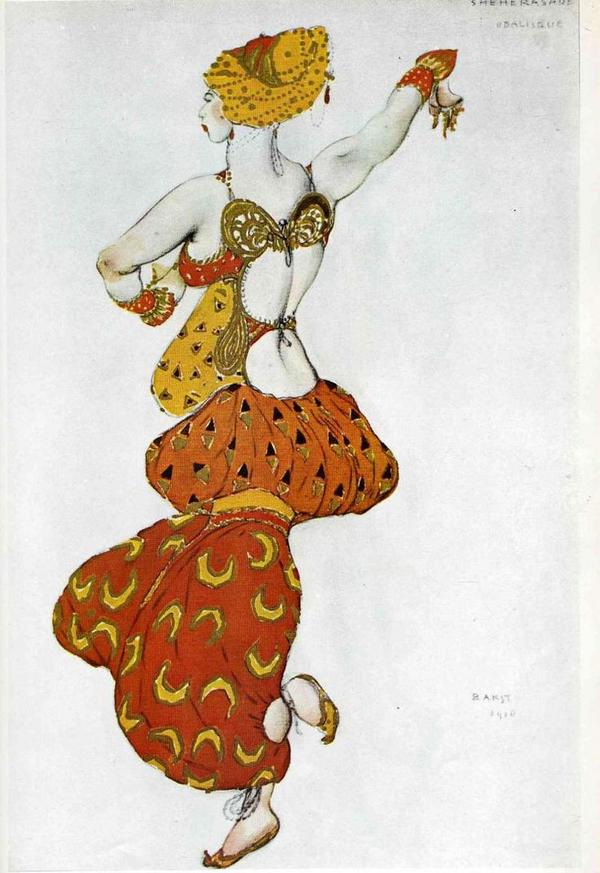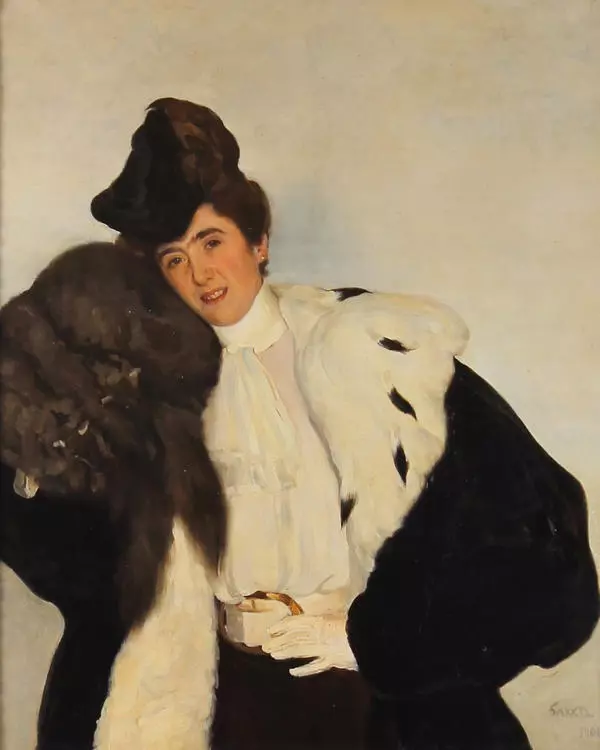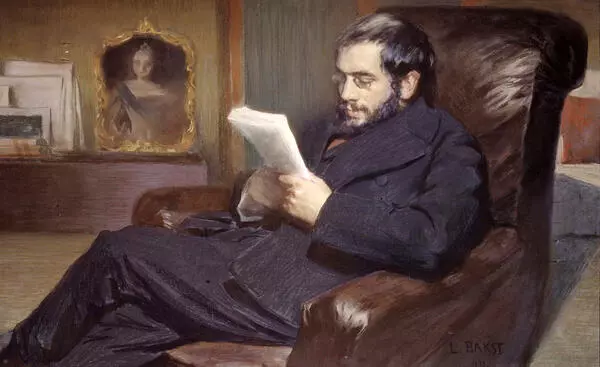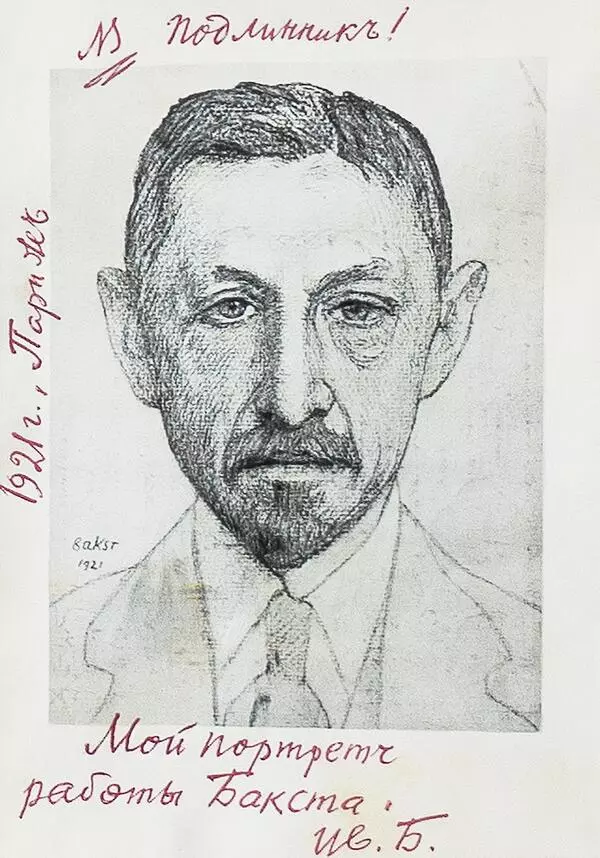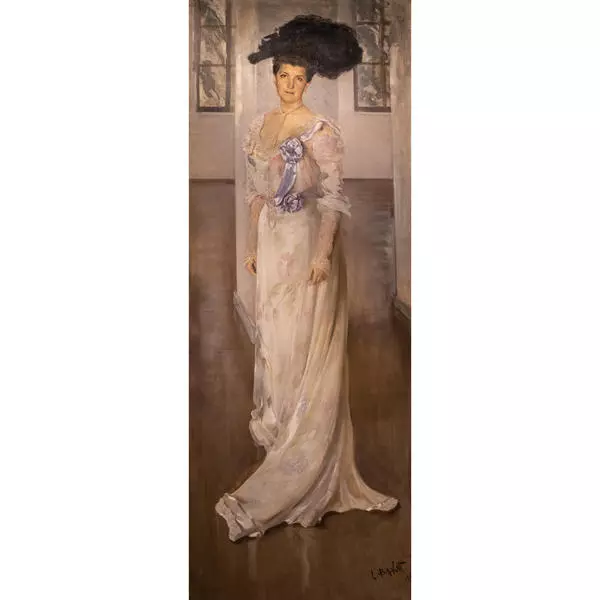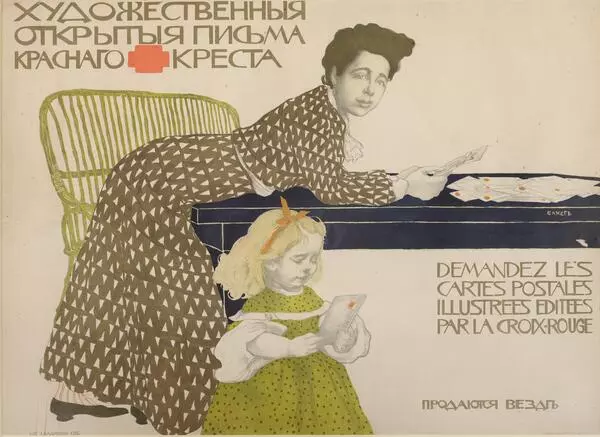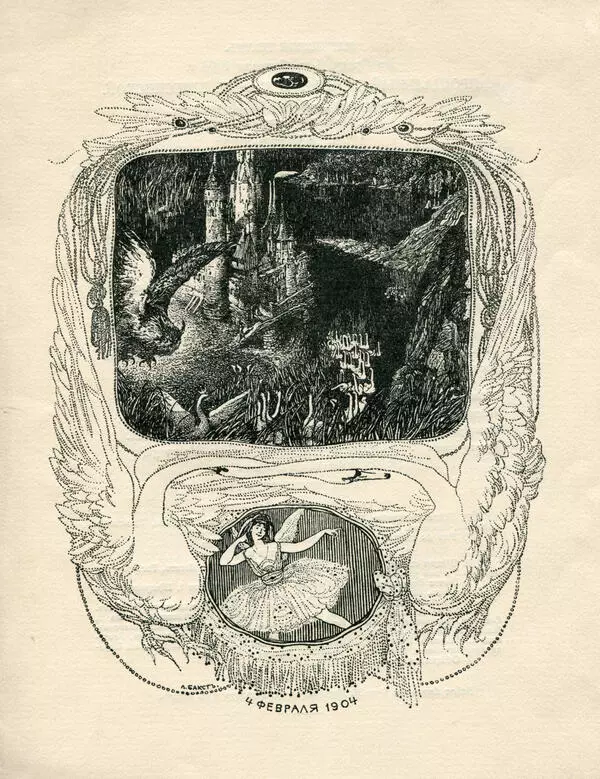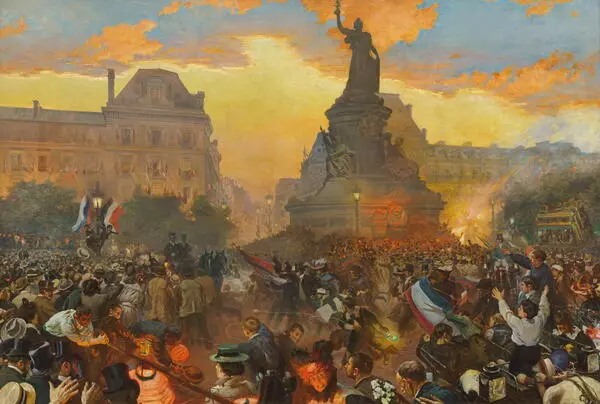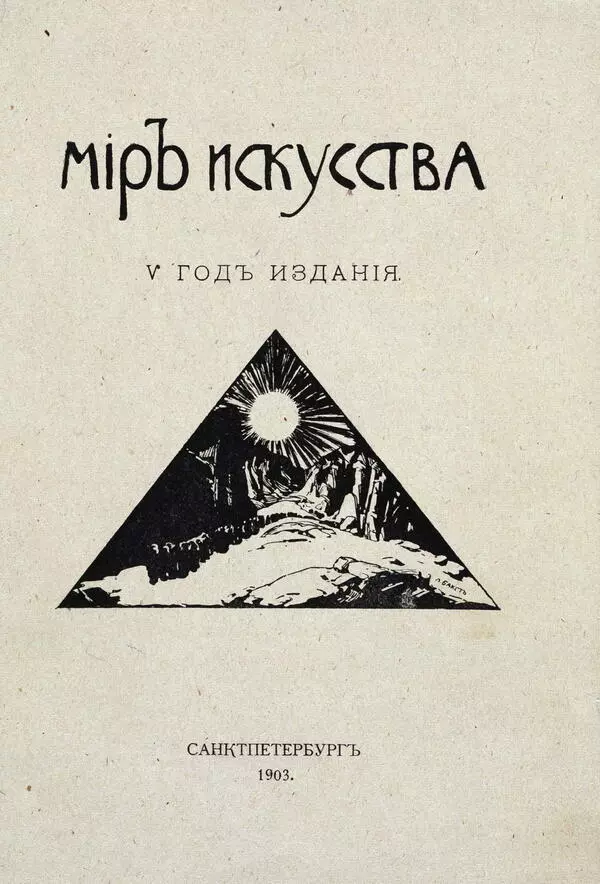Lev Bakst (1866-1924) was one of the leaders of the World of Art artist association, a most popular portrait painter of the period and a theater artist who managed to conquer France and America. ‘Paris was truly besotted with Bakst, ’ wrote the art critic Andrei Levinson. When members of the World of Art group, led by the theatre manager Sergei Diaghilev and the artist Alexander Benoit, started to publish a similarly named magazine, Bakst became the head of its art section. His talent was most vividly demonstrated in the design of the first issues.
His comrades-in-art recollected that at that time the artist discovered the two areas, which he devoted his life to — graphics and theater. Later, Bakst collaborated with Ida Rubinstein’s innovatory theatre company and created costume designs for artists of the Imperial theaters. These costumes made such a profound impression on his contemporaries that even the global fashion bowed to Bakst’s ideas.


